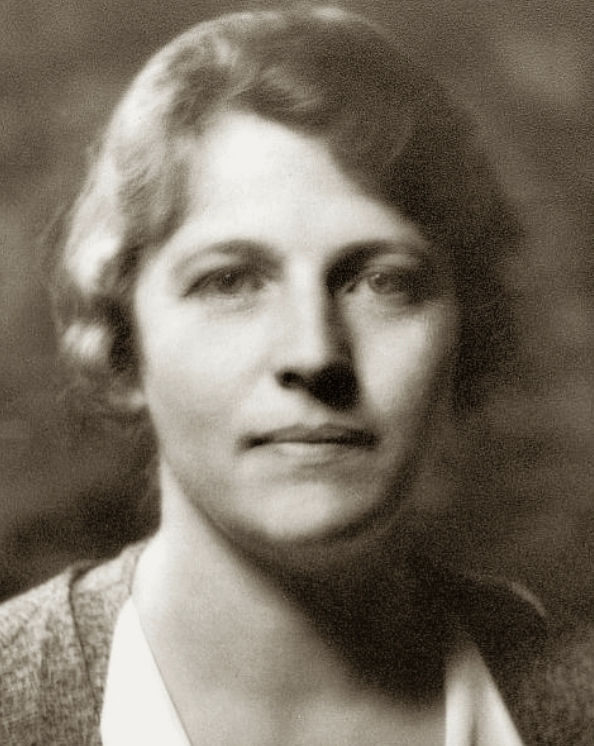On this day in 1892, Pearl S. Buck (née Pearl Comfort Sydenstricker) was born in West Virginia to parents who were missionaries in China for the Southern Presbyterian Church. At 3 months old she moved with them to China, where she lived for the next 40 years except to attend college. She was fourth of seven children, but only one of three to survive to adulthood.
She attended a women’s college in Virginia for four years and in 1917 married John Lossing Buck, an agricultural economist living in China. They lived in a rural province, which became the inspiration for The Good Earth, her 1931 best-seller, which won the Pulitzer Prize.
The couple had a baby in 1921, which was born with phenylketonuria and was intellectually challenged. Buck had a hysterectomy when a tumor was found during the delivery. They adopted a child and taught at Nanking University. She started writing for The Nation, Atlantic Monthly and other publications. Her first novel was East Wind, West Wind. She moved back to the U.S. permanently in 1934, settling in Green Hills Farm, Pa. Her publisher, Richard Walsh, became her second husband in 1935 and they adopted six children.
Despite writing 70 books she found time to devote to civil rights and women’s rights. She was routinely published in the NAACP’s magazine Crisis and by the Urban League. She was a 20-year trustee of Howard University and founded East and West Association to improve relations between the U.S. and Asia. She also founded the first international interracial adoption agency, Welcome House, in 1949, placing more than 5,000 children in homes. In 1964, she started the Pearl S. Buck Foundation to help Amerasian children. (D. 1973)
PHOTO: Buck c. 1932; public domain photo by Arnold Genthe.


